World Travel Adapter,
Skross
Curator
Even if you are not that interested in contemporary art, it is likely you have heard of Hans Ulrich Obrist. The Swiss polymath, who was appointed director of the Serpentine Gallery in London in 2005, has helped to define the modern idea of what a curator is. In fact, the entire craze for ‘curated’ experience may be partly due to the popularity, accessibility and visibility of HUO. He has written 360 books, curated hundreds of exhibitions around the world including projects at Musee d’art Moderne in Paris and at Art Basel. He has collaborated with huge artists from Phillippe Parreno, Carsten Holler and Christian Boltanski, and is a contributing editor at Artforum and 032c. Having this amount of creative energy takes organisation. He is notorious for organising his life around a number of habits.
“I’m interested always in rituals. For a long time, I made all these experiments with sleeping. I didn’t want to sleep when I was a teenager at all. I just thought it was a waste of time. Then, I did the Da Vinci rule, which is three hours awake and fifteen minutes of sleep. That’s how I wrote my first books. It’s very efficient but it’s not socially compatible if you have an office job, because after three hours you do need to sleep for fifteen minutes. It physically worked and biologically worked, but it doesn’t socially,” he explains over coffee at a hotel bar in Kensington. After a chance meeting with German chronobiologist and sleep researcher Till Roenneberg, he changed his approach. “I go running in the morning when I wake up at 6, read a little bit of Édouard Glissant every morning like a ritual, and the newspaper. And then, I go to the office,” he enthuses. Yet that a full day was not enough to keep up with his work. He created the idea of a night assistant. “There are all these people who don’t want to work during the day, and they’re actually forced by society. It would be nice to create the position for someone who is a night person who works for me, more on the books and the research.”
Other habits include starting and ending each day by having breakfast and dinner with his partner, artist Koo Jeong-A. The day is filled with meetings, often in and around the Serpentine in Hyde Park, including interviews for his ongoing series of artist interviews. He goes to the gym each day. Then around 1 am, the night producer arrives. “We work for an hour on some research. Often, it’s giving him things to transcribe, all kinds of book-related matters. Then, I go to bed, and he continues to work until 7 am. By the time I get up in the morning, lots of things are done, and I can continue to work and pick up on the threads. So, it never stops.” Another ritual in Hans’ life is to purchase a book a day – purchasing things online if he is unable to get to a bookshop in life. Of his 360 books – which include catalogues and anthologies – 30 or so of these are prose such as The Age of Earthquakes or Ways of Curating. Obrist sees the production of his books as something beyond mere text. “A book is a kind of the exhibition. It’s a curated space. The book object is actually a portable show – a portable museum.”
The first museum he ever went to also had a literary connection. It was the monastery library in St Gallen in Switzerland, where he saw a 10th-century codex written and illustrated by monks. “As a child, it was unbelievably deep, this expanse of time. It was an incredibly deep experience to be able to actually touch a book from the Middle Ages and connect,” Hans recalls. Hans has been curating since he was a child. As a teenager, he founded a “nano-museum” in a little photo frame, which he kept in his pocket and would show to waiters, taxi driver, strangers and friends that he met. He had purchased the frame from a junk shop founded by artist Hans-Peter Feldman. “The little frame 2×3 inches and was sort of fake silver. It cost like £2.50. It was a diptych. I had lots of artists from Yoko Ono to Jonas Mekas to Gerhard Richter to Gabriel Orozco do exhibitions in that little frame.” It was his Kitchen Show in his apartment that brought Obrist to the attention of the international art world. He had already been curating shows in vitrines on a mountainside devoted to Robert Walser and in his pocket.
Obrist came to Paris to curate his first big show at the Musée de l’Art Moderne in 1993. It led to a far more notorious project. “I needed to find somewhere to stay, and I went to this really cheap hotel called the Carlton Palace. It was a very run-down small hotel in Montparnasse. I was reading every night in my hotel room a biography of the great Félix Fénéon, the curator, anarchist, critic and founder of magazines.” he explains. “There is this long story about him travelling and making the hotel room an exhibition space. I looked around my shabby hotel room and decide ‘Wow, let’s do that.’ He created an evolving show with artists like Sarah Lucas, Maurizio Cattelan and John Armleader. By the end, there was a line of 300 people waiting to visit his hotel room. He has been the director of the Serpentine gallery since 2005, creating an ever-innovative programme, often exploring technology including AI artworks with Ian Cheng, Pierre Huyghe and this Spring Hito Steyerl. The museum has an ongoing collaboration with Google Lab and the Google Cultural Institute. His approach to Instagram is also inventive. After artist Ryan Trecartin signed him up, he dived in. His initial idea was to document studio visits but this made artists uncomfortable. He didn’t want the cliché of travelling.
So instead he created a ritual where he would ask all the artists he met to write a message, documenting handwriting which itself is a dying art. It doesn’t get more intimate and accessible than an art project that lives in your audience’s pocket. What makes Hans so exciting to meet, read and see is his unending sense of enthusiasm and interest in art, science, culture and the world around him. For him, that means collaboration – something at the heart of exhibition making. “I grew up as a single child in Switzerland and that’s a rather solitary experience. You have the claustrophobia of the mountains. You don’t see the sea. You don’t have sisters and brothers. I’ve always had an urge to connect. I also believe that if you want to address the complexity of today and address the big topics and the big themes or big problems of the 21st century, I just think that they’re so immense that it needs a pooling of knowledge.”
By Francesca Gavin for Semaine.
Photography by Dusan Szokolovics.
Explore Hans’ personal travel map.
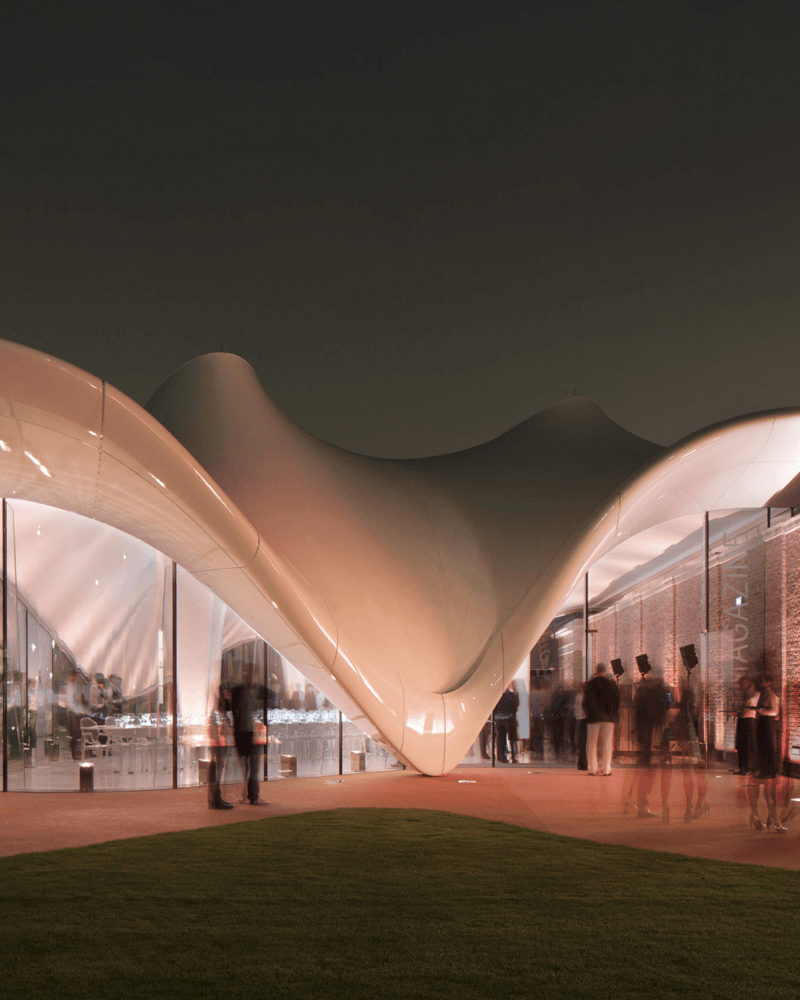
Hans has been the director of the Serpentine gallery since 2005, and he continues to produce an ever-innovative programme. Stroll through Hyde Park to the Serpentine Galleries, where they present a year-round free programme of exhibitions. You don’t just have to be a student to get in for free at the Serpentine- they appreciate that art should be accessible to all. Afterwards, why not stroll back through the park, and if it is during the warmer months, grab a delicious ice cream at the Colicci Serpentine Lido, and sit overlooking the lake.
Kensington Gardens London W2 3XA,
United Kingdom
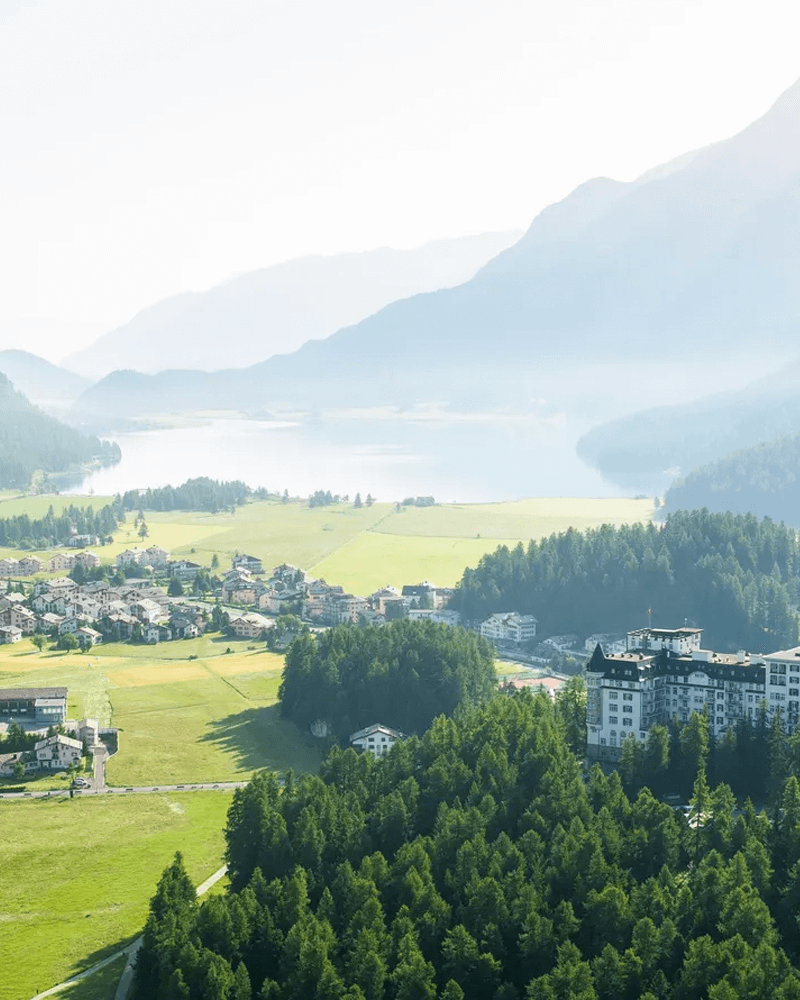
The serenity of Sils Maria is hard to match. Sitting between Lake Sils and Lake Silvaplana, this peaceful little village is the most picturesque backdrop in both the sunnier months and winter. With fans such as Hans, David Bowie and philosopher Friedrich Nietzsche, we trust that it will not disappoint. Going skiing during the winter, or hiking in the summer, and if you are after a bit of culture, have a look at the Nietzsche House, a small museum where Nietzche was thought to have enjoyed eating his meals when visiting.
,
Switzerland
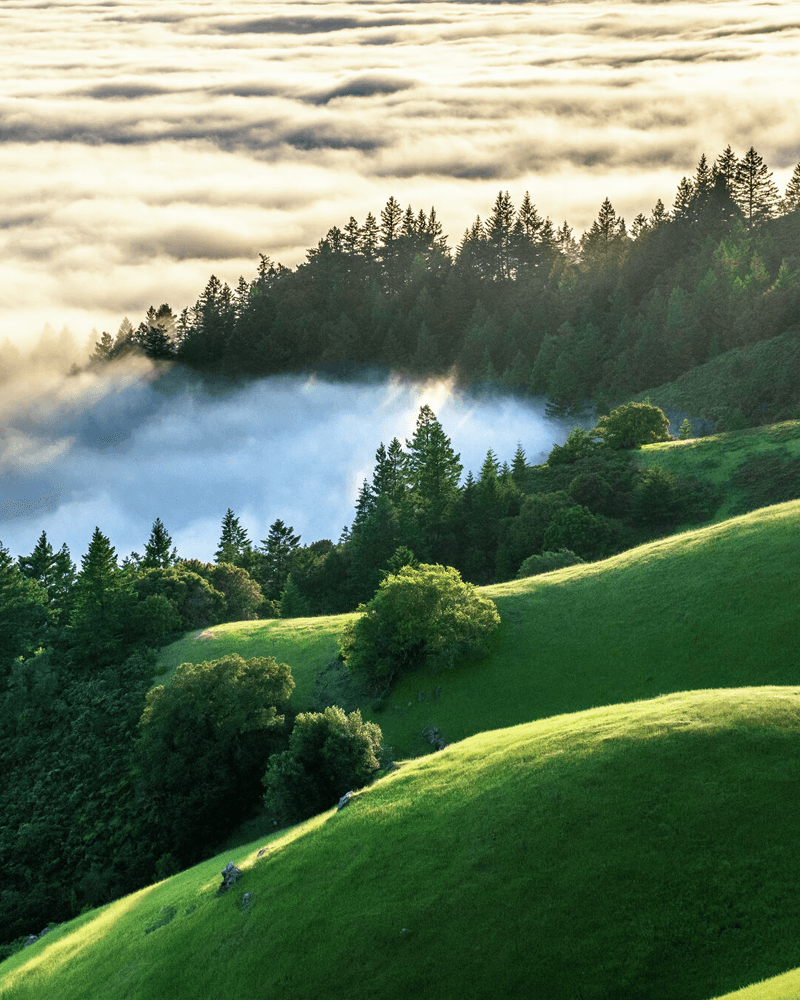
Mount Tamalpais is just north of San Francisco’s Golden Gate Bridge. With breathtaking views of sweeping hillsides, red forests, and woodlands, submerge yourself in nature. Enjoy hiking, picnicking, fishing, or even set up an easel and do some sketching or painting- the view alone is worth the visit.
California,
United States
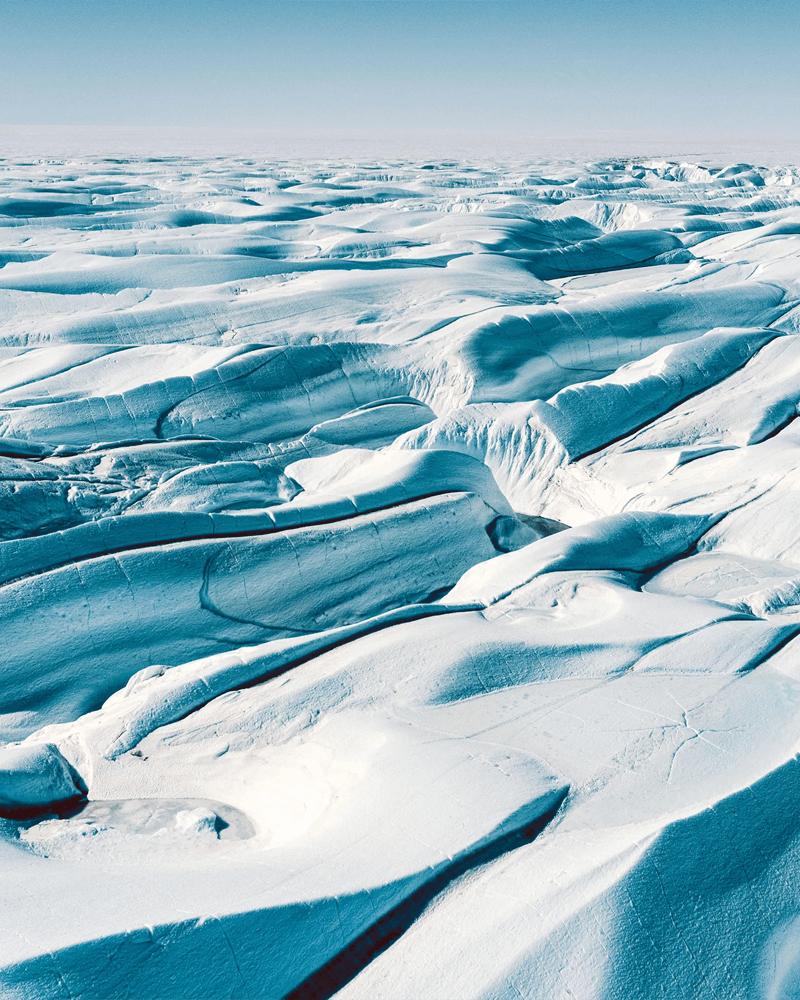
There is nowhere in the world that you could compare to Antarctica. Surrounded by the bright white snow, ice, and dark blue water; enter into a territory which will feel utterly surreal. Home to an array of beautiful species, such as; whales, seals, the emperor penguin, thousands of seabirds, albatrosses, and many more, your eyes won’t know where to look. The experience will ground you, and make you realise that we are only one small part of a vast and beautiful world.
,
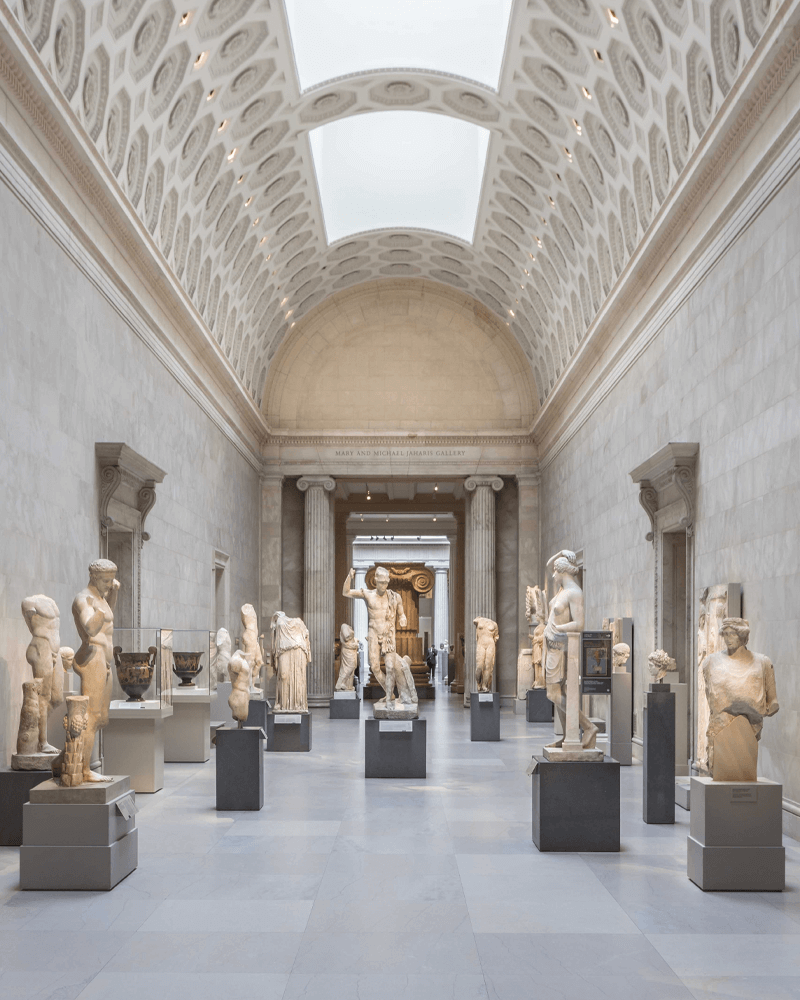
Founded in 1870, The Met should definitely be on your list of places to visit when in NY. The beauty of the architectural design is enough to stand outside and admire, and the exhibitions curated each year are breathtaking. It is worth visiting the Making The Met, 1870–2020, an exhibition that is currently on show to celebrate their 150th anniversary. Put aside at least one afternoon, and travel through the Met's extensive history with almost 250 works on display.
1000 5th Ave 10028 New York,
United States
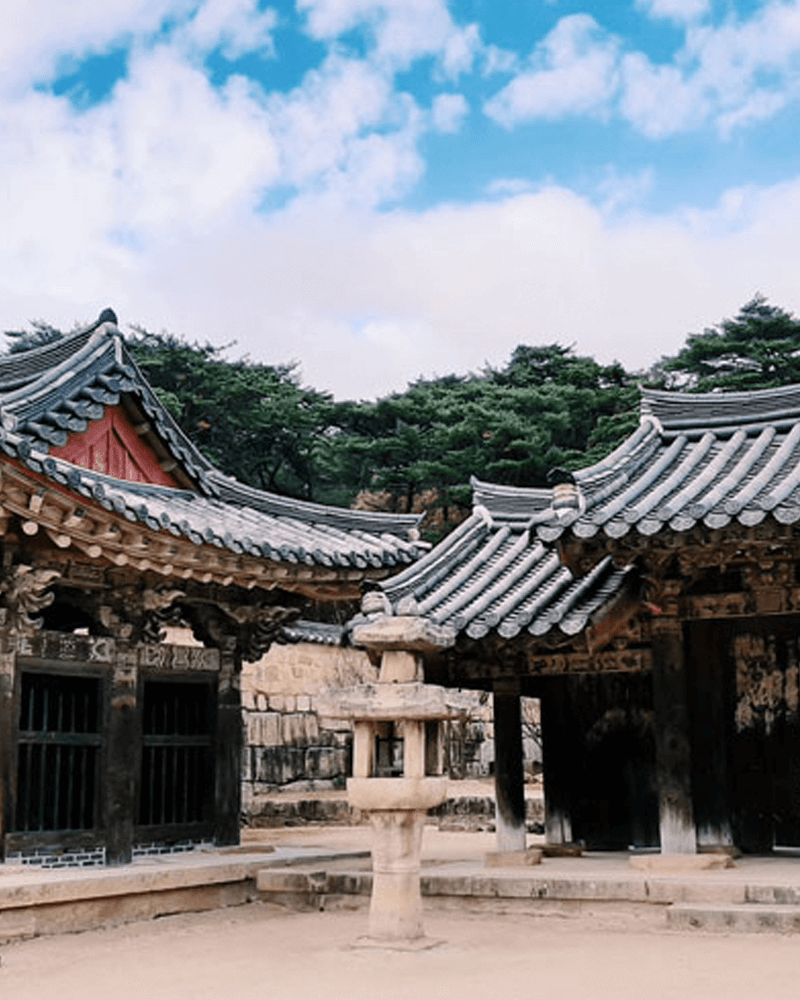
Kyungsoo Monastery is one of seven Buddhist mountain monasteries in Sansa. Sacred places of worship, each monastery is used for daily religious practice. Influenced not only by Buddhism but other indigenous religions, these monasteries are different in design from others. Nestled into the green mountainous landscape, truly immerse yourself in the culture and spend a couple of days staying in one of the monasteries and live like a Buddhist.
Tongdosa,
South Korea
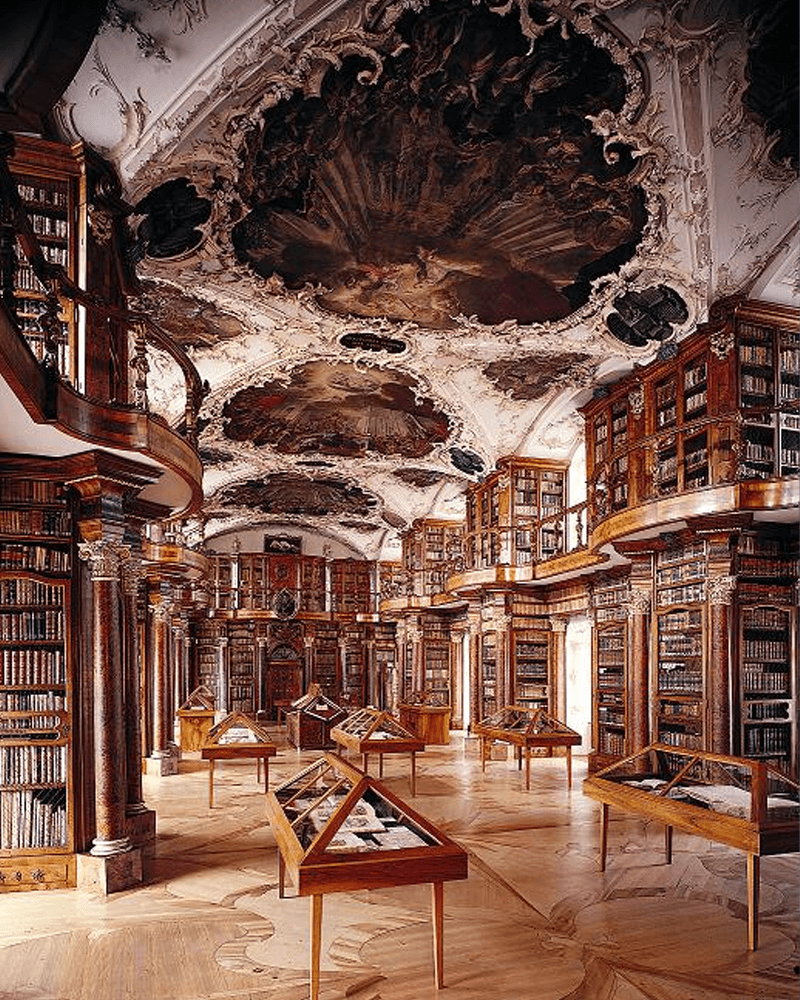
One of the oldest and most beautiful libraries in the world, The Abbey Library is a medieval monastic library that houses books from as early as the 8th century. You will discover treasures that you won't find anywhere else. With beautifully decorated walls, ceilings and floors, it is not only the books that will take your breath away.
Klosterhof 6D 9000 St Gallen,
Switzerland
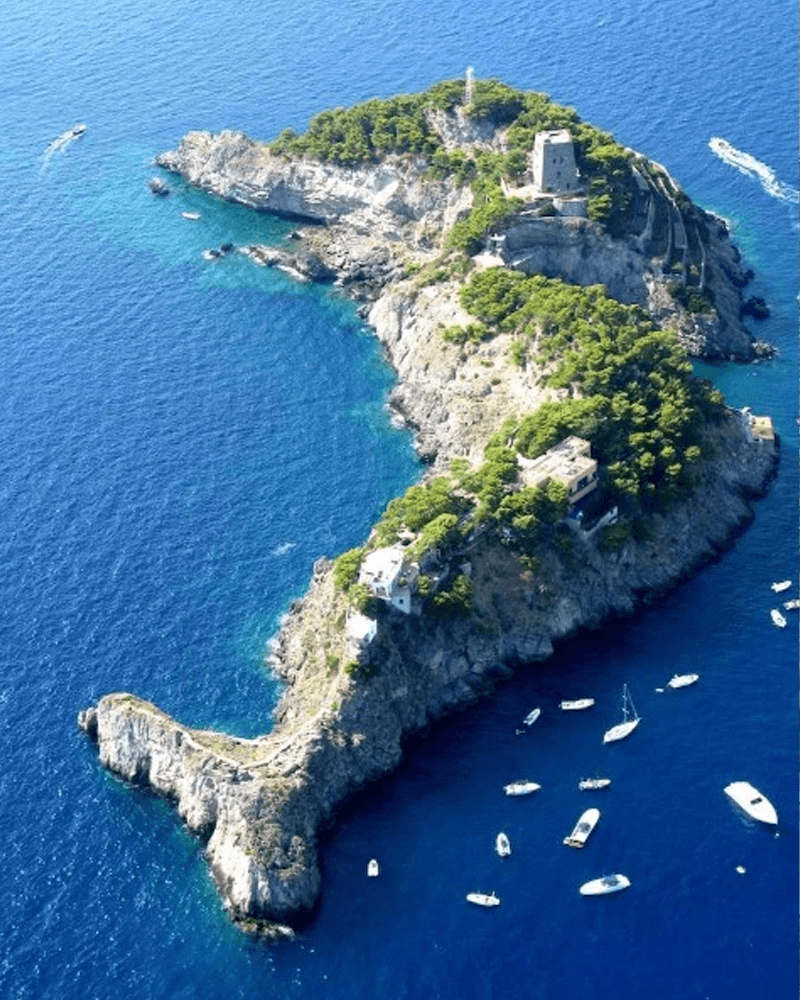
Just a few miles from the beach of Positano, the Li Galli islands, where according to legends, the temptress sirens once stood, is a beautiful collection of rocky islands. To enjoy the beauty of the Amalfi Coast with a bit more serenity, this is the place to go.
,
Italy
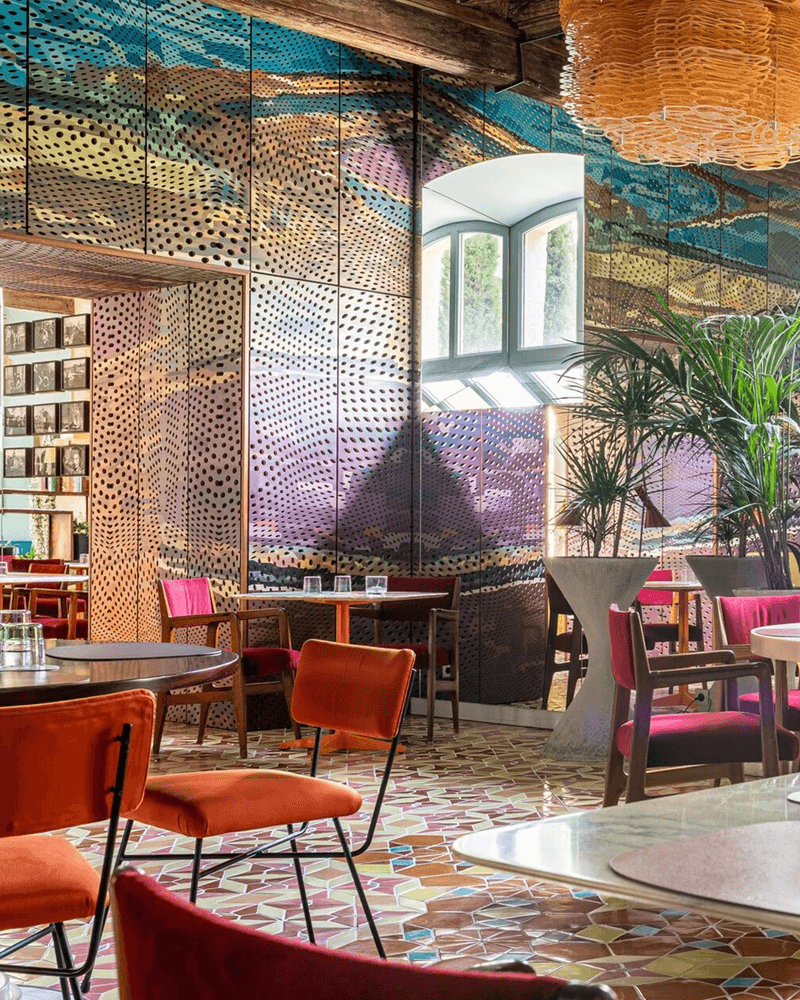
This colourful hotel filled with works by Cuban-born American artist Jorge Pardo is a feast for the eyes. With carefully selected artworks adorning the walls, and decorative tiles under your feet, step into a land of patterns and colour. Dating back to the 5th century, Pardo with the help of his team carefully designed the hotel into a joyous and uplifting space.
20 Rue du Sauvage 13200 Arles,
France
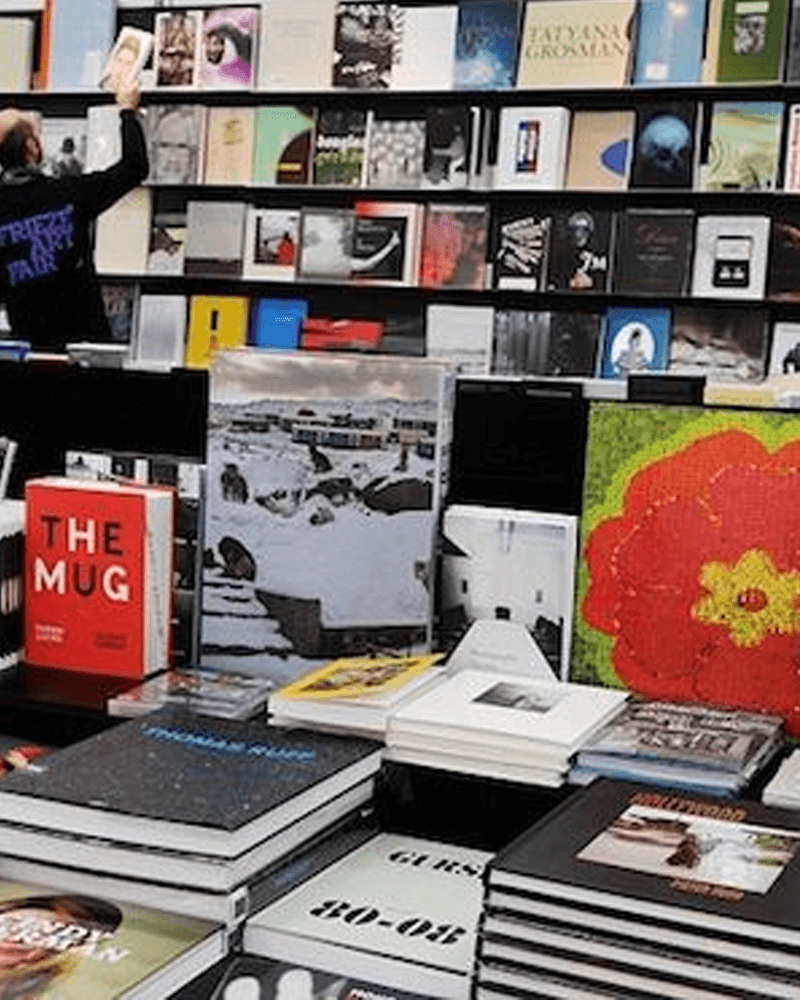
Hans has written over 360 books, but he also buys at least one book a day. And if you are looking for a particular book specialising in art, architecture and photography tomes, Koenig Bookshop is the place to go. Just next to Serpentine Gallery, it is the perfect play to paroos for creative inspiration after visiting an exhibition.
Serpentine Gallery Kensington Gardens W23XA London,
United Kingdom
Find out what a man who reads a book a day recommends the most.
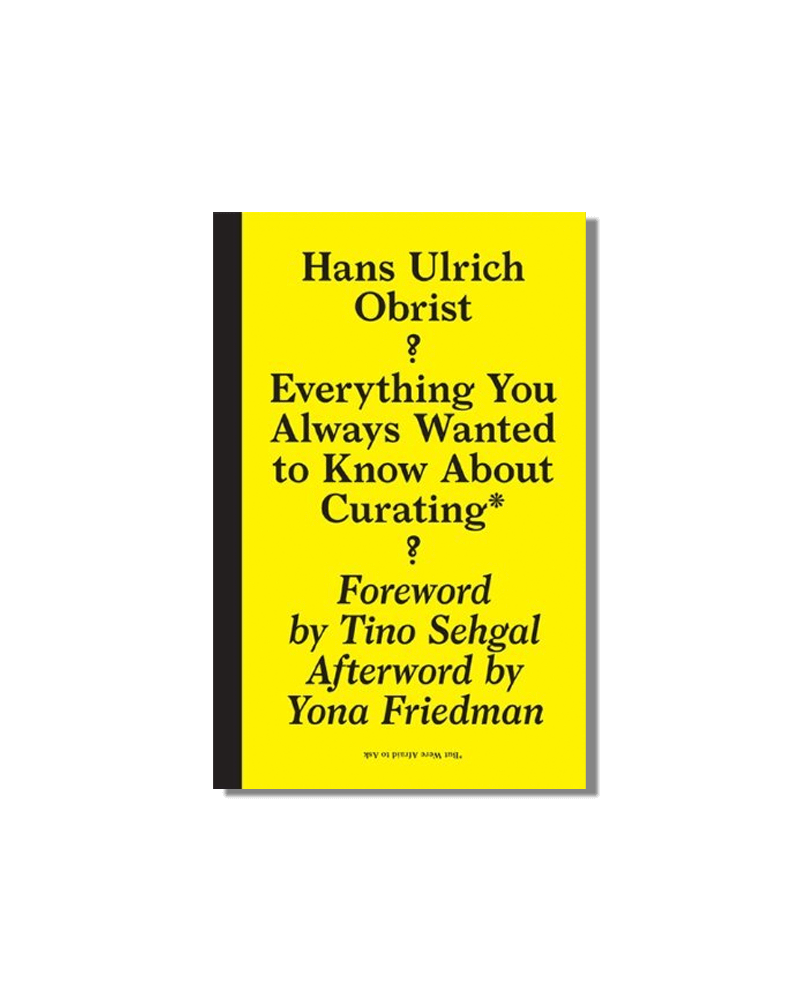
£28.93
We'd be amiss to not include Hans' own work in his bookshelf, so we've snuck these in even though they weren't on his list.
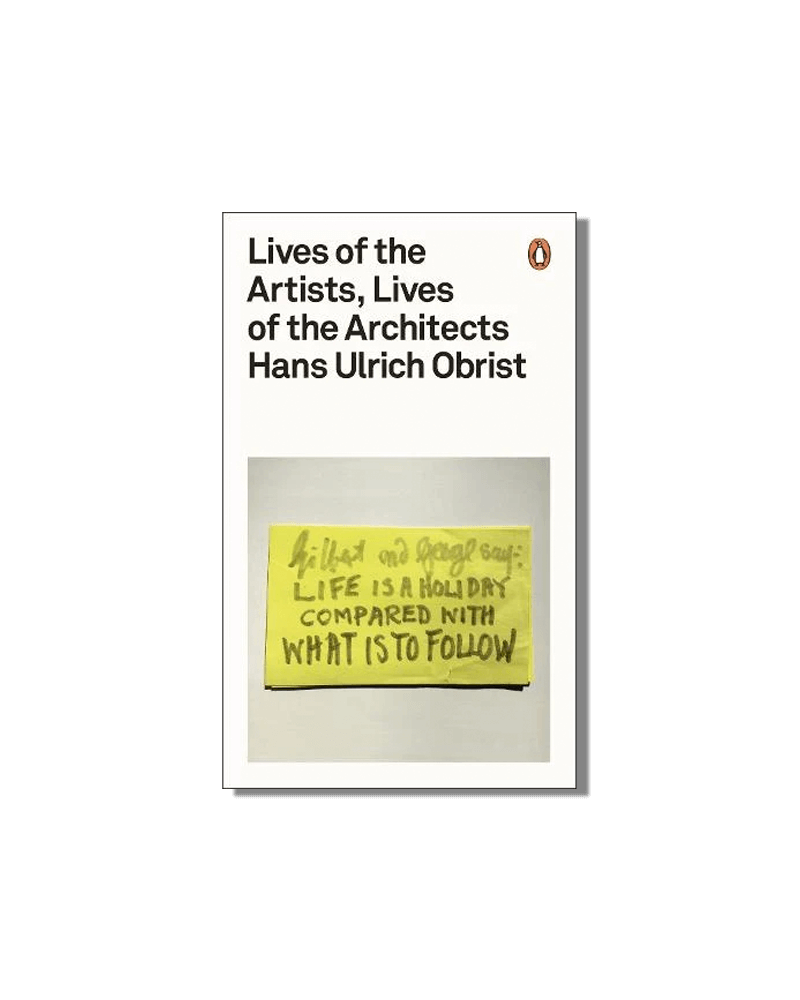
£14.99
Inspired by the great Vasari, Lives of the Artists, Lives of the Architects explores the meaning of art and artists today, their varying approaches to creating, and a sense of how their thinking evolves over time. Including David Hockney, Gilbert and George, Gerhard Richter, Louise Bourgeois, Rem Koolhaas, and Oscar Niemeyer, this is a wonderful and unique book for those interested in modern art.
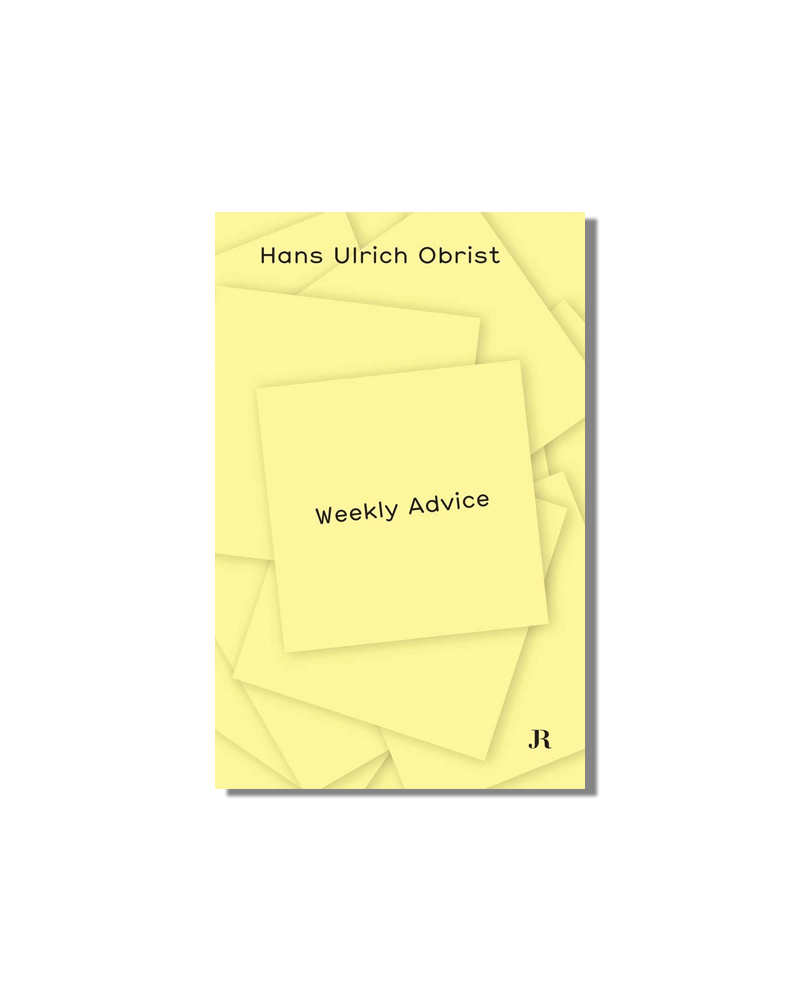
£6.28
This publication offers 100 entries written between 2012 and 2017, a series of drawings by British artist David Shrigley, and a ‘creative’ index listing the names, places, books, and exhibitions mentioned in the columns.
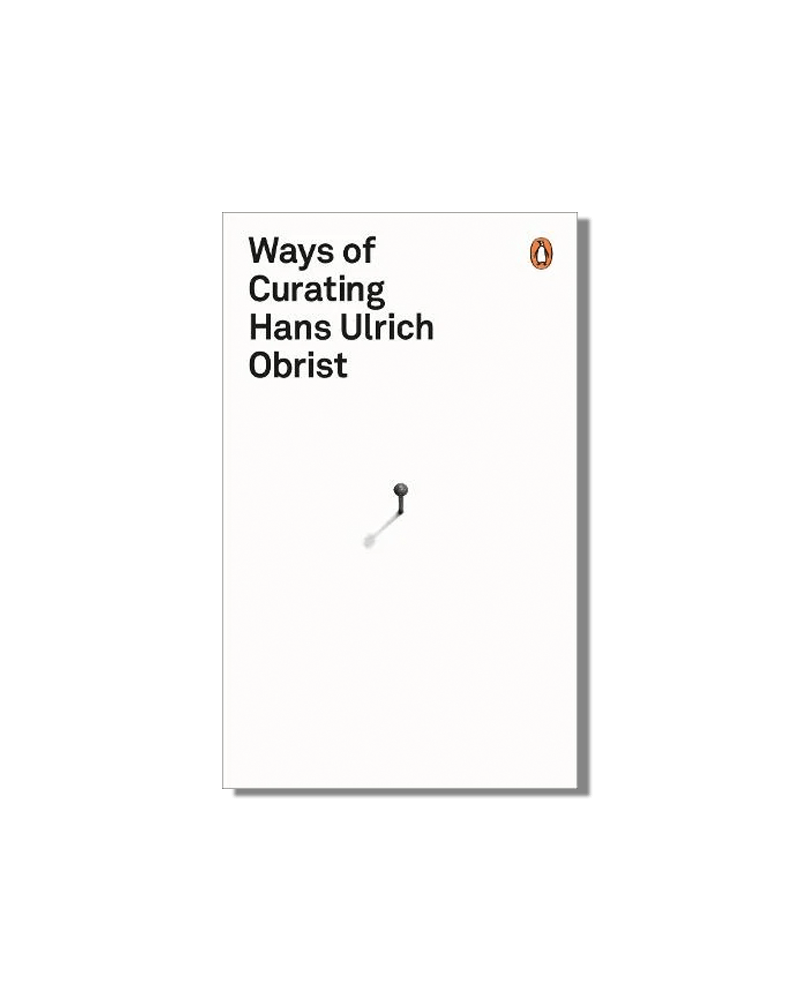
£10.99
Drawing on his own experiences and inspirations - from staging his first exhibition in his tiny Zurich kitchen in 1986 to encounters with artists, exhibition makers and thinkers - Hans looks to inspire all those engaged in the creation of culture.
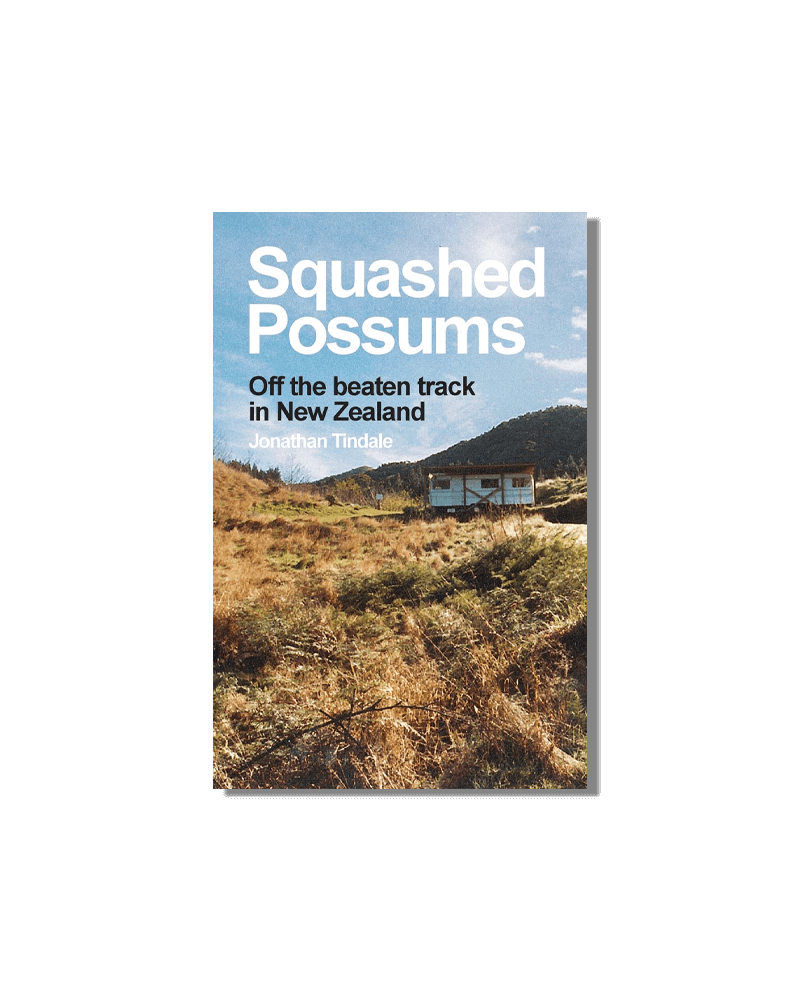
£6.99
Ten years after returning from the New Zealand outback, Jon receives a mysterious manuscript in the post. Narrated by Jon's former home, the lone caravan, Squashed Possums reveals what it's like to live in the wild through four seasons, including New Zealand's coldest winter in decades.
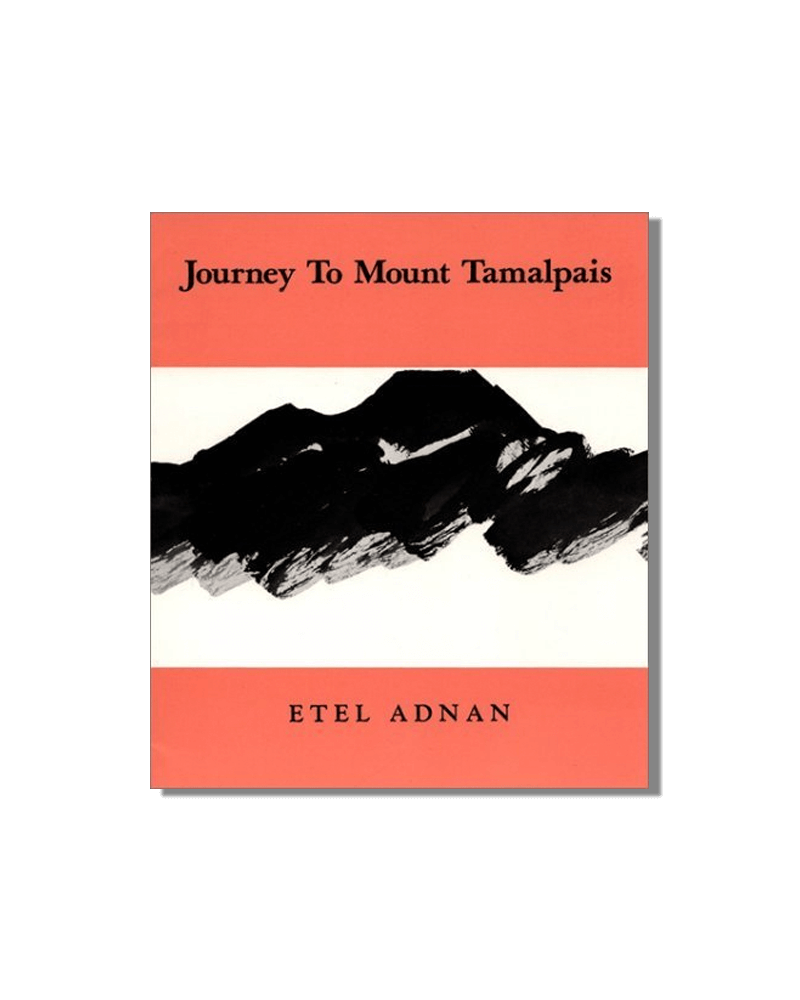
£97.64
Journey to Mount Tamalpais is an essay on Nature, Art, and the relationship between them. Highly original in both content and literary structure, it provides a new outlook on the importance of Nature as an element of thinking; one of the major works on the "spirit of place" in contemporary literature.
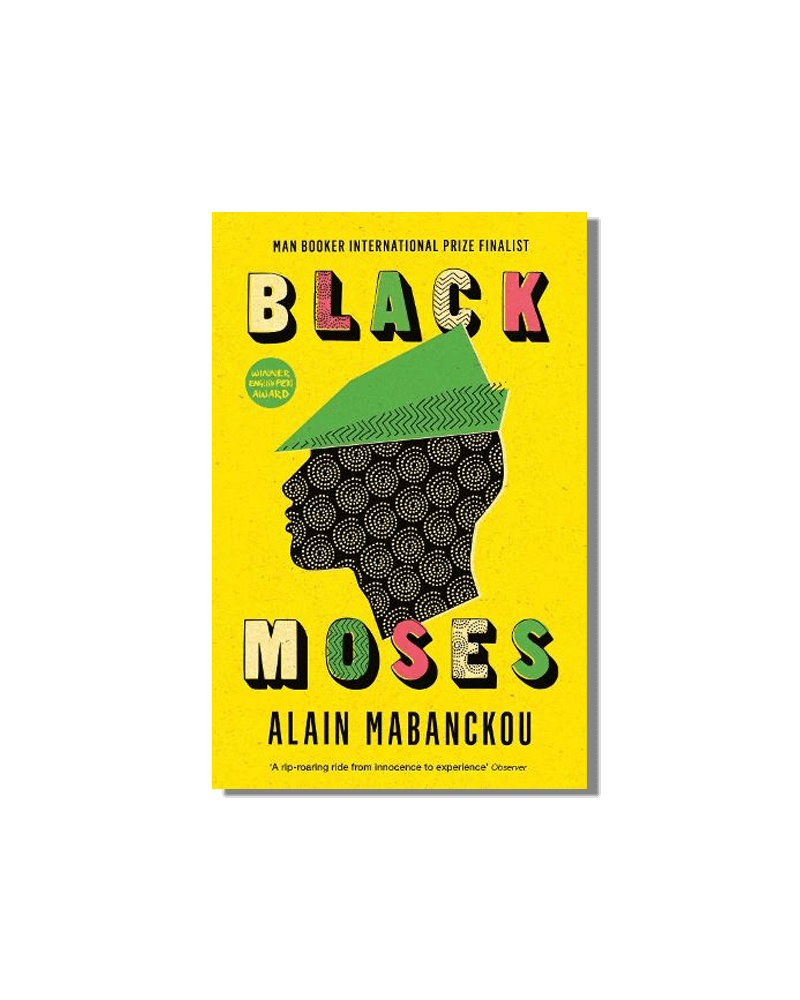
£9.99
Black Moses is a larger-than-life comic tale of a young man obsessed with helping the helpless in an unjust world. It is also a vital new extension of Mabanckou's extraordinary, interlinked body of work dedicated to his native Congo, and confirms his status as one of our great storytellers.
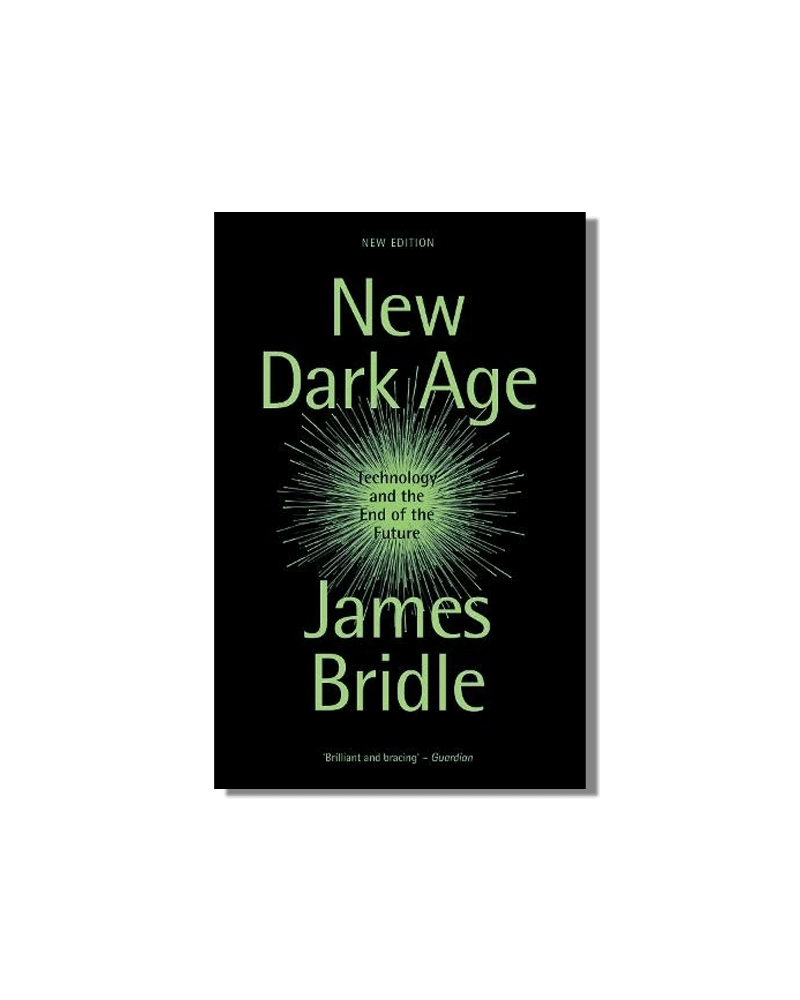
£9.99
In his brilliant new work, leading artist and writer James Bridle offers us a warning against the future in which the contemporary promise of a new technologically assisted Enlightenment may just deliver its opposite: an age of complex uncertainty, predictive algorithms, surveillance, and the hollowing out of empathy. Surveying the history of art, technology and information systems he reveals the dark clouds that gather over discussions of the digital sublime.
Listen, feel, understand.
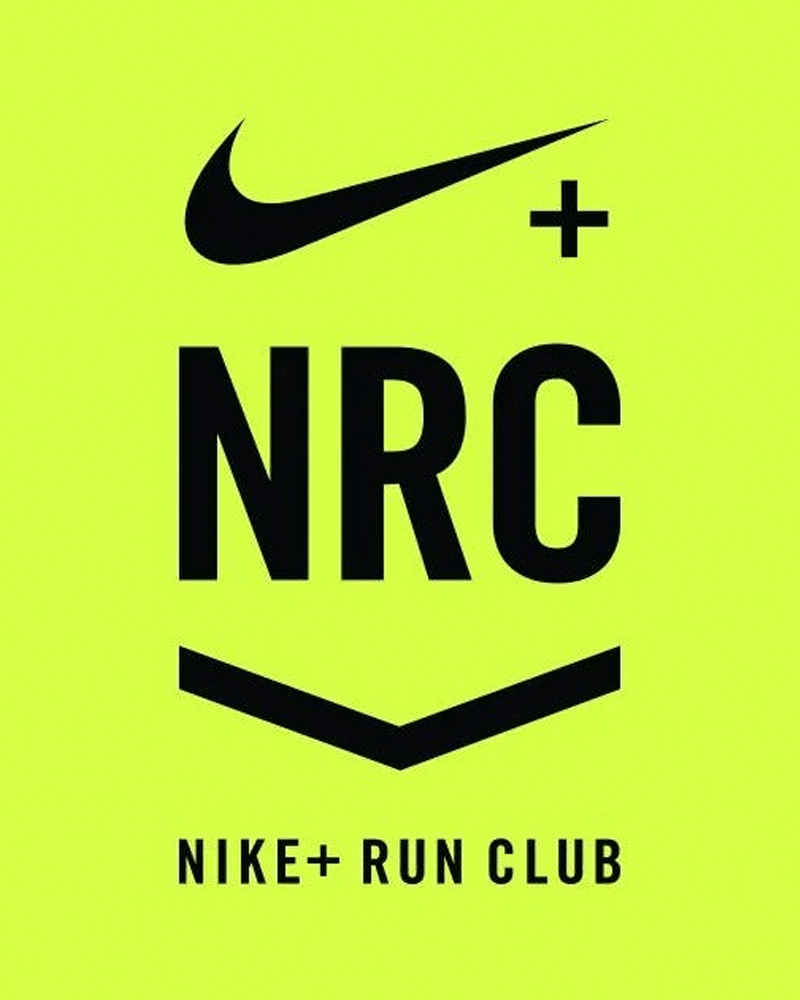
"I go running in the morning when I wake up at 6, read a little bit of Édouard Glissant every morning like a ritual, and the newspaper. And then, I go to the office."

Have a listen to Hans’ Spotify playlist on Semaine. It is a real eclectic mix with a huge range of artists. From Classical to Electro.
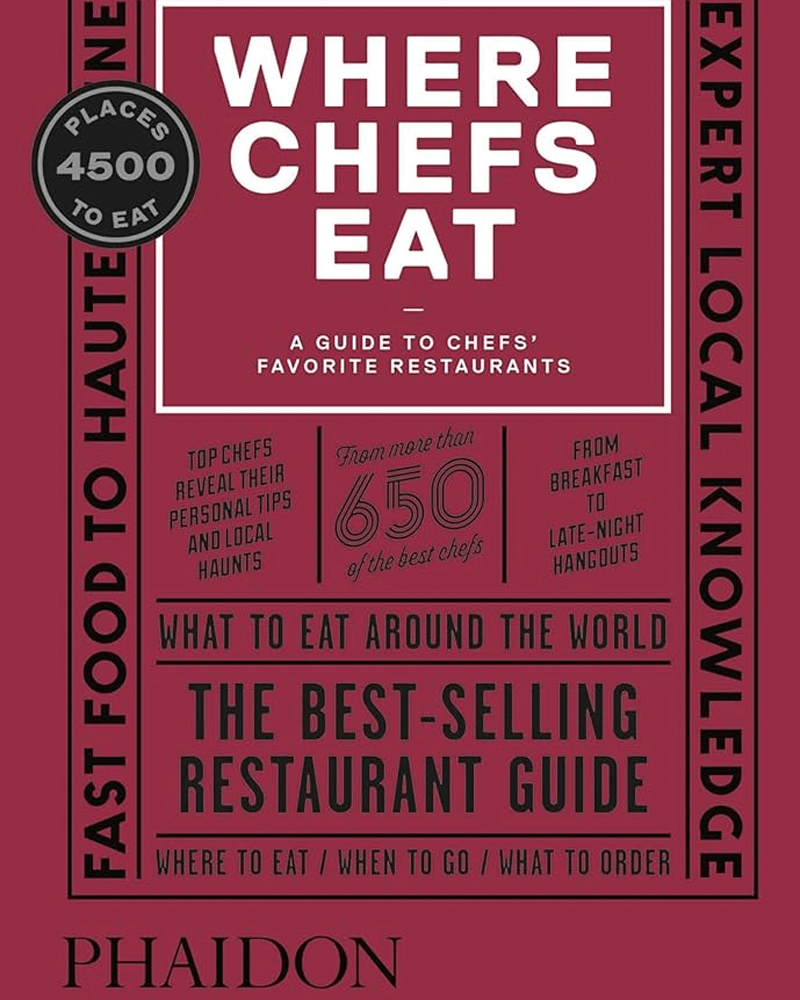
Forget having to scroll through pages and pages of restaurant recommendations from supposed “experts”, and instead, save time, stay productive, and use the Where Chefs Eat App. With recommendations from over 650 of the world's best chefs, including Yotam Ottolenghi, Shannon Bennett, and many more, this seems like a no brainer.

Become a member today to enjoy all our Tastemakers address recommendations on our interactive travel guide world map!
SUBSCRIBE NOWWhat is your idea of perfect happiness?
Hans:
To be with art is all we ask.
What is your greatest fear?
Hans:
Death.
What do you consider your greatest achievements?
Hans:
I suppose it hasn’t happened yet. It’s only just begun. So, I don’t think of any achievements. But certainly, one thing I’m happy about is the Do It is now part of the curriculum in some high schools and that I think that an art school can become part of the curriculum is somehow exciting.
What would you still like to achieve?
Hans:
I ask always about artists’ unrealized projects. I have myself hundreds of unrealized projects, and I keep lists of them. I want to do them all or not all but many. And the irony is that I always wanted to do a big picture on all the artists’ unrealised projects I’ve mapped. That project has always failed whenever we wanted to do it.
What is your motto?
Hans:
Do it, I suppose. Don’t stop.
What is your greatest extravagance?
Hans:
To buy a book every day.
Where have you never been that you would love to go?
Hans:
New Zealand clearly.
What demands most of your time?
Hans:
The need to make exhibitions.
